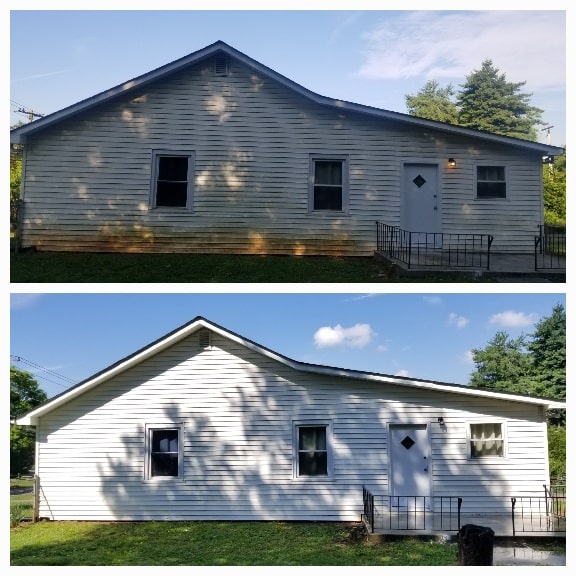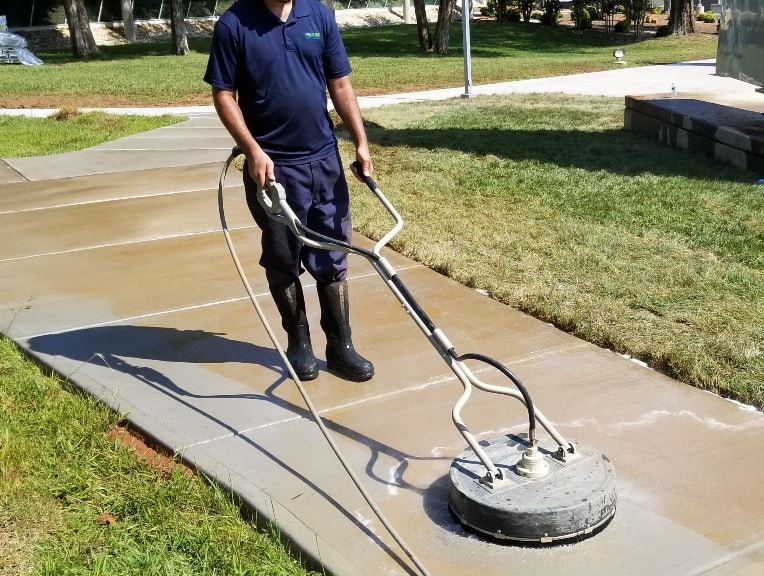

What is Red Clay
Red clay, also known as ultisols, is sedimentary clay rich in iron oxide, ferrous oxide, and manganese oxide. The reddish hue of the minerals is where the name comes from, ranging from dark rusty red to brown.
Ultisols are a type of clay that comes from mountain regions worldwide, and East Tennessee is no exception. It is used in most blends and is a multi-purpose potting soil suitable for plants such as tomatoes, succulents, herbs, and flowers. You can use it to grow indoor plants or in pots outdoors. Red clay has many nutritional traits that benefit plants during early development. Also, it is an excellent source of potash used in agriculture as fertilizer. In addition, it is an excellent fireproofing material.
Problem With Red Clay Stains
Red clay dirt is a common problem in many places. It often appears in areas where water runs off, such as driveways, paths, and concrete surfaces. Rain splashes the clay up and settles on the surface if not covered by landscaping (rocks or mulch). The presence of Ultisol dirt leads to large amounts of rust-colored dust on the foundation of houses.
How to Clean Red Clay
Clay can be tough to remove from porous concrete and masonry. Operators must use chemicals and proper cleaning methods. Several chemicals effectively remove this type of stain, including an acid treatment and oxygen bleach products. Removing red clay stains from concrete surfaces may take several applications.
Acid is dangerous if not used properly. However, acid is the most effective chemical for removing red clay. A pressure washer and a brush are necessary for deep cleaning. Over time, red clay bakes into the surface’s pores, and only high pressure and acid can remove it. ProClean Power & Soft Wash, LLC uses a specific type of acid. Our buffered acid cleaners are effective yet gentle. They remove organic soil and stubborn concrete stains while also providing mildew protection.
How to Prevent Future Staining
Since red clay is in the soil, keeping it from coming back is a priority after removing it from surfaces. As mentioned above, decorative gravel and mulch keep it from splashing up in the rain. Also, runoff from the storms diverted away from all concrete stops future staining. After the concrete cleaning, applying sealer is an excellent idea to keep dirt from going past the surface and into the pores.
